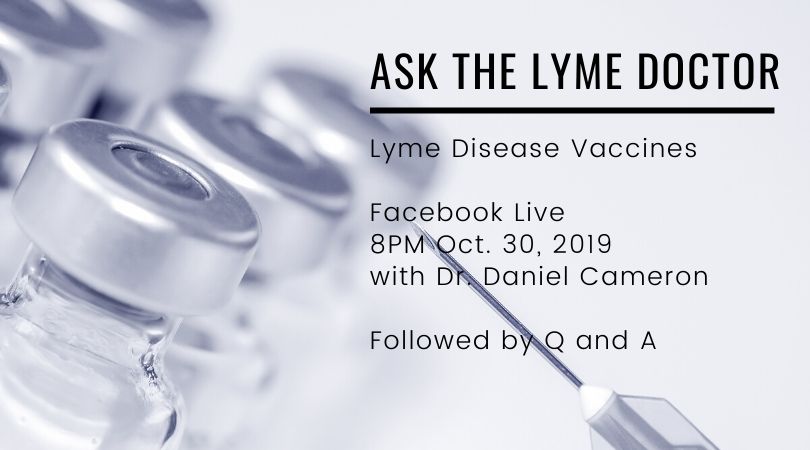How many patients do not meet the CDC criteria for Lyme disease?
In a recent article published in Open Forum Infectious Disease, Kobayashi and colleagues suggest that Lyme disease is often mistakenly diagnosed as causing various illnesses, which has led to the unnecessary use of antibiotics. The authors conducted a retrospective study of patients with possible Lyme disease, who were referred to an infectious disease clinic in Maryland between 2000 and 2013. ¹
Hispanic risk of Lyme disease.
Outdoor workers are at a greater risk of getting a tick bite than the general population. In fact, their risk is more than 5 times greater, explains Hu in the journal Zoonoses Public Health. Many of those outdoor workers are Hispanic, who represent “44.8% of grounds maintenance workers and 42.8% of workers in the farming, fishing and forestry industries,” Hu writes, citing U.S. Department of Labor Statistics from 2018.
Lyme vaccine for humans. The race for a new vaccine.
It has been nearly two decades since the Lyme disease vaccine LYMErix was pulled off the market by its manufacturer, SmithKline Beecham. The vaccine was designed to prevent the transmission of the tick-borne bacterial agent Borrelia burgdorferi, which causes Lyme disease.
Babesia duncani emerges in Eastern U.S. and may go undetected
The tick-borne illness Babesia duncani (B. duncani) was initially identified in the western regions of the United States. The disease has always been presumed to be confined to the West Coast, while its counterpart – Babesia microti (B. microti) has been well established on the East Coast.
Tick prevention for humans vary between socio-economic levels
As the number of tick-borne disease cases continues to grow, preventing tick bites is becoming increasingly important. In addition to performing personal protective behaviors to minimize tick exposure, individuals are modifying their yards and utilizing pesticide treatments to control tick populations. But new research indicates that tick bite prevention behaviors vary between socio-economic levels.
How to treat Babesia – a review of 38 cases at the Mayo clinic.
The number of Babesia cases in the United States continues to grow at an alarming rate. This is concerning for several reasons: symptoms can be non-specific; patients may be infected but asymptomatic; Babesia can be transmitted unknowingly through blood transfusions, and it can be fatal. Recently, physicians at Mayo Clinic reviewed the clinical presentations and treatment approaches for 38 Babesia patients living in the Upper Midwest.¹
Chronic post-concussion syndrome symptoms due to Lyme disease
Traumatic brain injury and Lyme disease are known to cause chronic illness with serious neurologic and cognitive impairments for some individuals. The clinical presentation is similar for both conditions. And while the majority of patients may recover from a concussion, others who continue to have persistent symptoms may be diagnosed with post-concussion syndrome (PCS).
Impact of environmental changes on tick-borne diseases in Canada
A new study examines the risk of tick-borne diseases (TBDs) in Canada in response to global warming and other environmental changes. Researchers already recognize that tick populations are spreading into new regions. Now, with temperatures rising the season for tick activity is lengthening, putting people at a greater risk.
Military dependent child contracts Lyme disease abroad?
In their article “Lyme Arthritis in a Military Dependent Child transferred from Japan,” Soloria and colleagues discuss the case of a 17-year-old male who relocated with his family from a U.S. military base in Japan to Virginia. [1]
Reasons for patients not disclosing Lyme disease to their doctor?
After reading an article entitled “Assessment of Patient Nondisclosures to Clinicians of Experiencing Imminent Threats,” by Levy and colleagues, I began to wonder why some patients might not disclose they have Lyme disease to their primary care physician.












